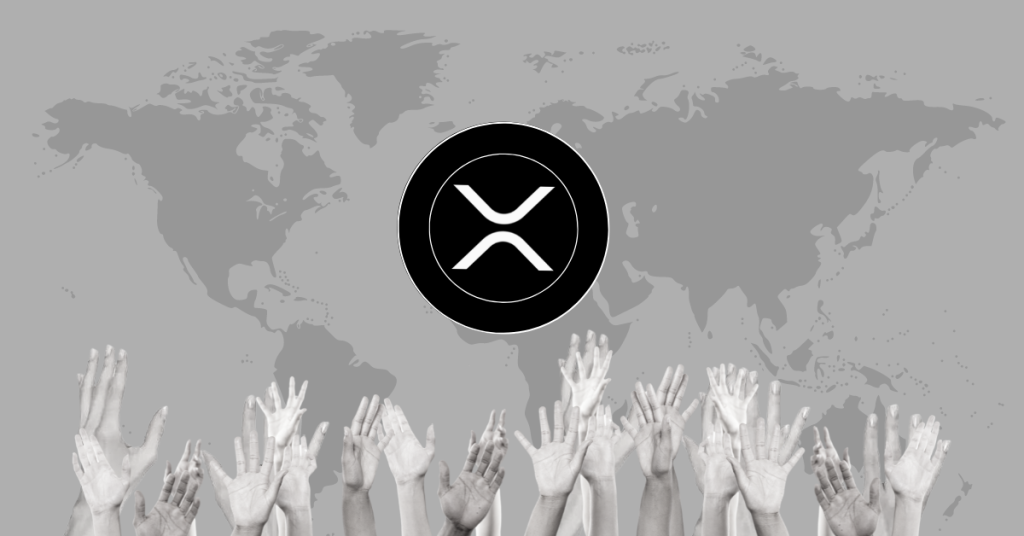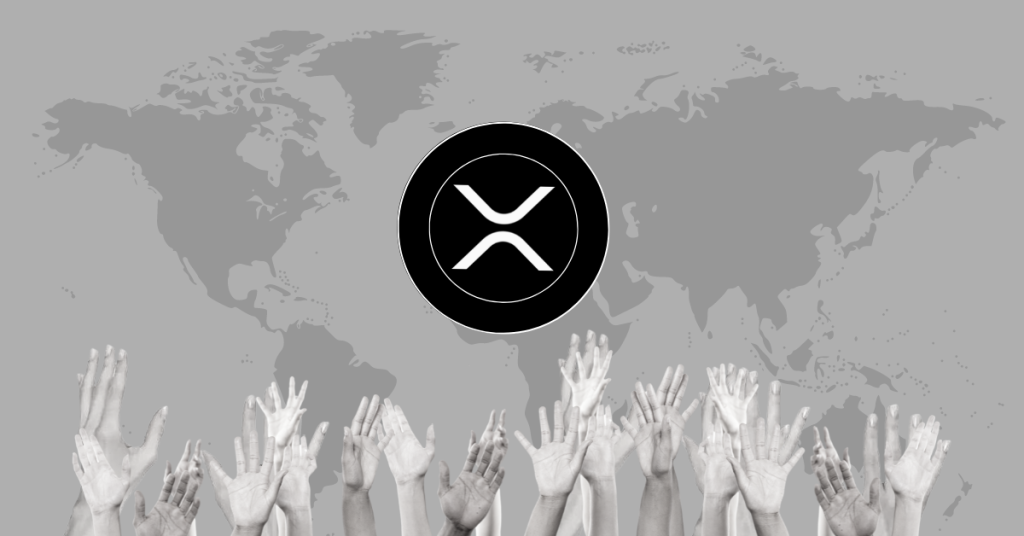Ripple News : XRP and The Shifting Geopolitical Landscape: New Monetary Alliances Emerge Amid Global Turbulence


The post Ripple News : XRP and The Shifting Geopolitical Landscape: New Monetary Alliances Emerge Amid Global Turbulence appeared first on Coinpedia Fintech News
In a world where the geopolitical landscape is continuously shifting, cryptocurrencies have carved a niche for themselves. XRP is caught in the whirlwind of geopolitics, SEC lawsuits and the rise of monetary alliances.
The path for XRP is full of thorns
An expert and advocate for XRP, JC Collins, is explaining that the criticism received is not a direct assault on Ripple or XRP but a reevaluation of the changing geopolitics and monetary realities. In his previous analyses, assumptions about XRP’s mass adoption on a global scale required collective agreement from major nations to utilize the XRPL’s (XRP Ledger’s) capabilities within global institutions like the IMF, World Bank, and the Bank for International Settlements (BIS). However, Collins notes that the SEC lawsuit and geopolitical shifts, such as the Ukrainian conflict and the expansion of BRICS+, have greatly changed these original assumptions.
China’s Role and the Emergence of BRICS+
China, holding the title of the world’s largest creditor nation, is bucking against the dominance of these financial institutions by the world’s largest debtor nation, the United States. Along with the rest of the BRICS nations, China is pushing for an overhaul of these institutions. They argue that these institutions should reflect a multilateral world, not a world dominated by the United States.
The groundwork for a monetary workaround is already laid out with the BRICS alliance, the BRICS Development Bank, the Belt and Road Initiative, the Eurasian Union, and the Shanghai Cooperation Organization.
The BIS’s Unified Ledger and the Biggest Challenge for Ripple
At the same time, the Bank for International Settlements (BIS) is working on its own unified ledger, strikingly similar to the XRPL but with a crucial difference – it will be controlled by the central banks. This is a direct challenge to Ripple. How can you persuade banks to give up control of the core monetary architecture? As most central banks are now moving towards Central Bank Digital Currencies (CBDCs) and the BIS’s unified ledger, XRP’s mass adoption could lose momentum.
The Future of Monetary Architecture
With changes in the geopolitical landscape, it seems that the BIS may compel the alignment of the BRICS+ reserve currency across all central banks as the IMF and World Bank are overhauled. This suggests the era of a USD-based unipolar monetary system is on its last legs, and a new non-Western system is being built.
While the XRPL might find success within patchwork alliances, the world will likely eventually align on one architecture, influenced by BRICS and the BIS. With China being the world’s largest creditor nation, it’s expected to have significant sway in this restructure.
Decentralized Ledger Technology and the SEC Lawsuit
Decentralized ledger technology is rapidly evolving, and the XRPL must keep pace. Collins argues that the SEC lawsuit was a ploy to sabotage XRP, discredit Ripple’s founders, and channel support towards more formal innovations like CBDCs and the BIS unified ledger.
And then there’s the revolving door scenario, where individuals rotate between government and private sector jobs. This lack of transparency may discourage non-Western nations from partnering with Ripple or adopting the XRPL.
Despite all this, XRP continues to stand strong. But with escalating geopolitical conflicts, the expansion of BRICS+, and ongoing uncertainties, its ultimate use may become less clear. Whether it emerges as a retail investment or an institutional one, only time will tell.


